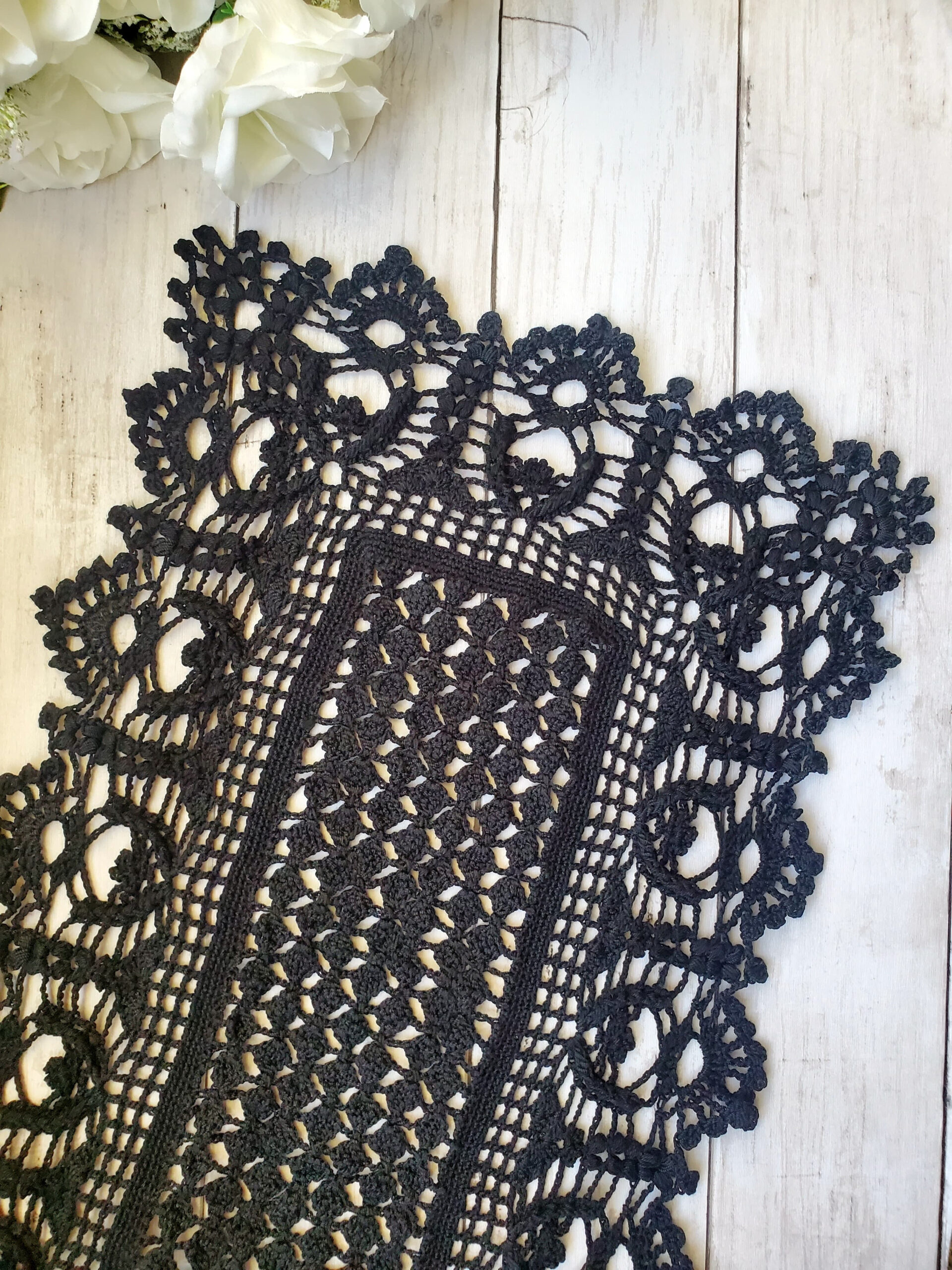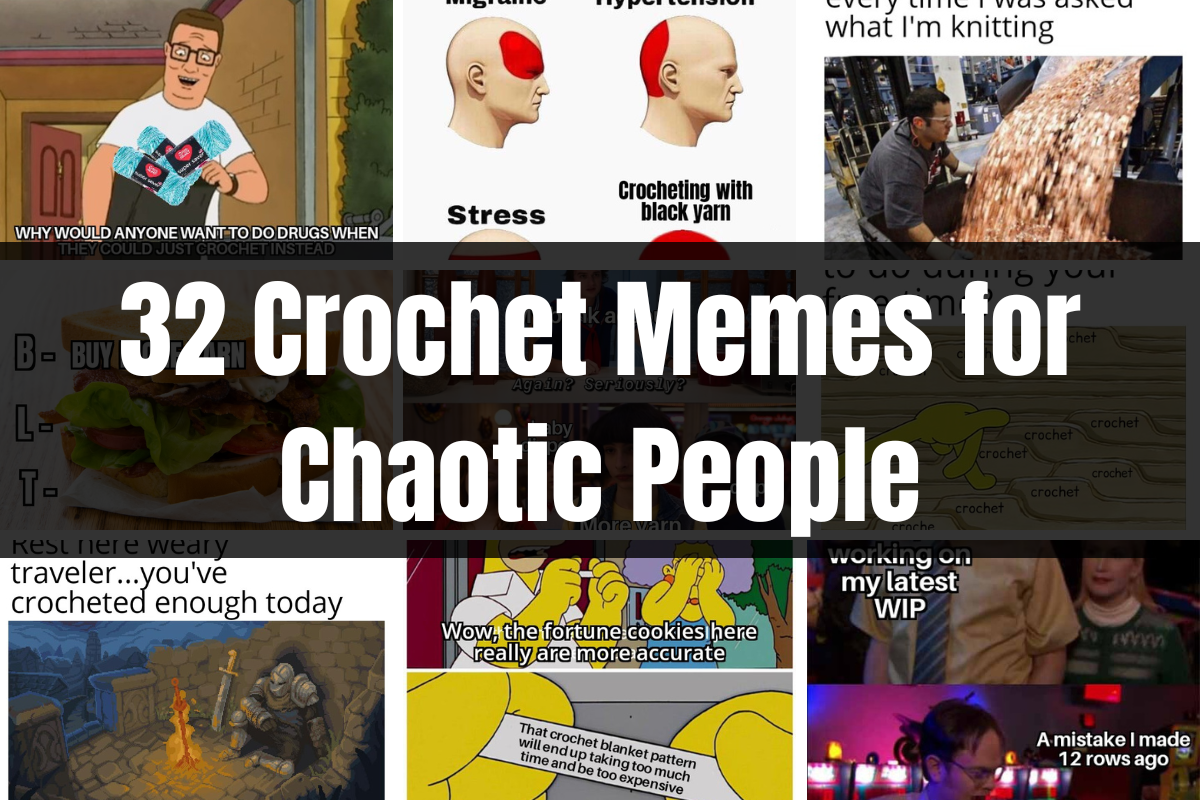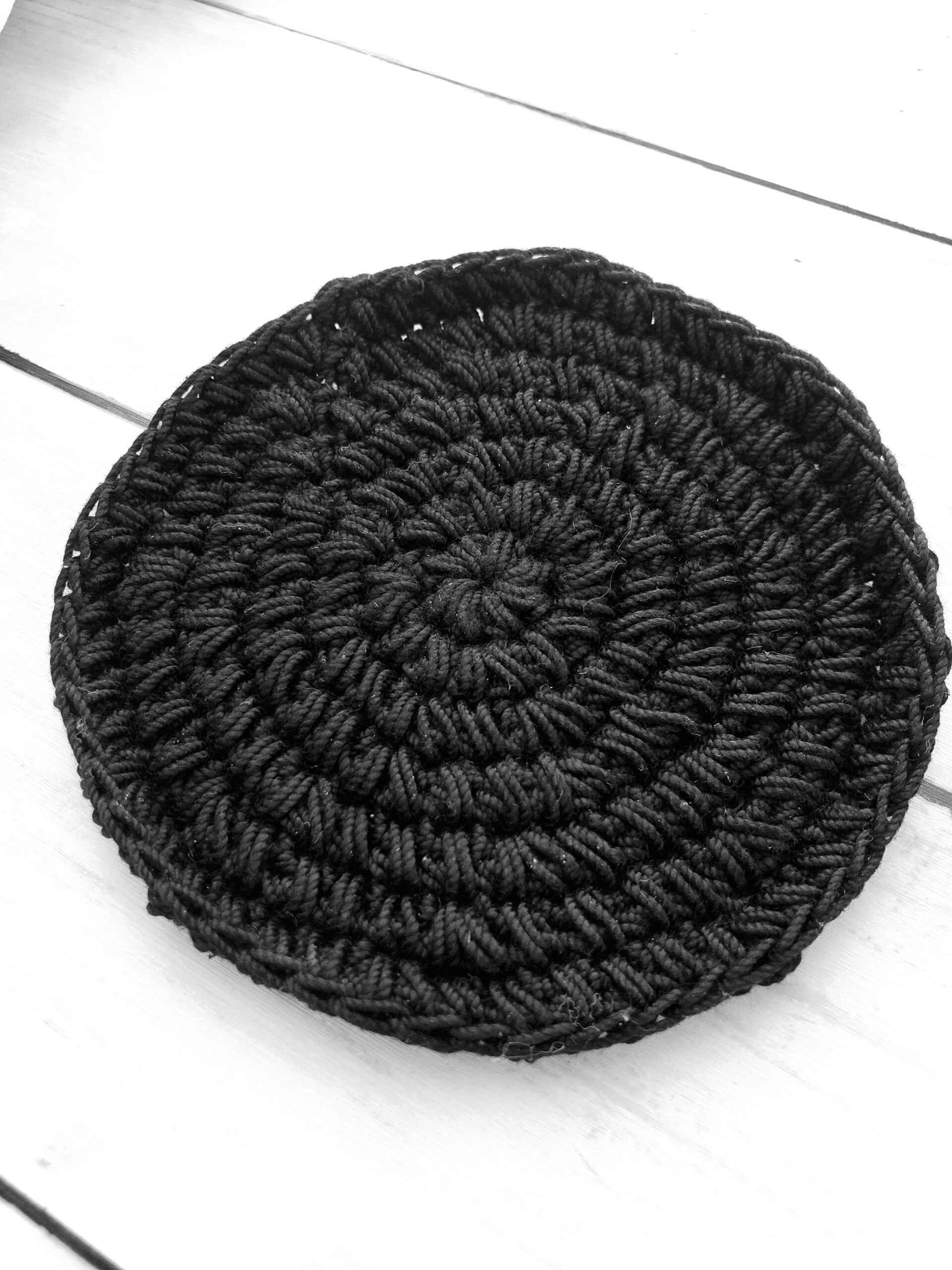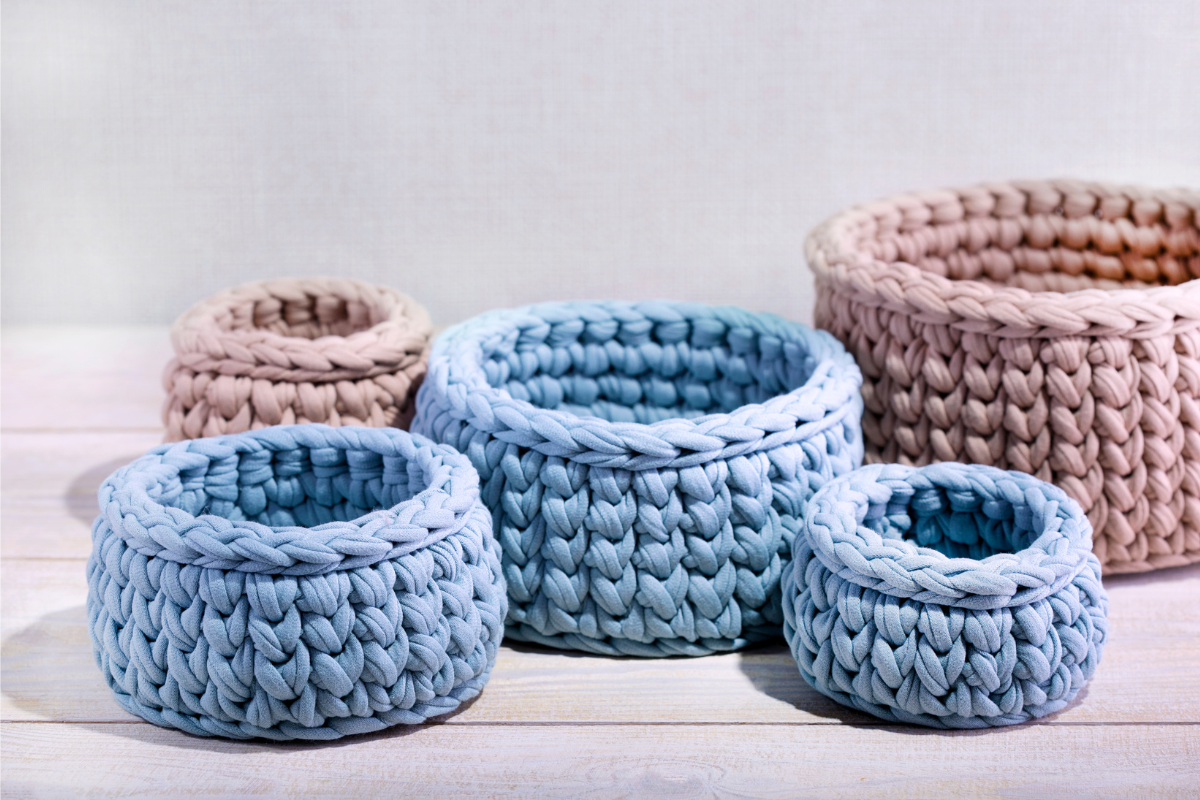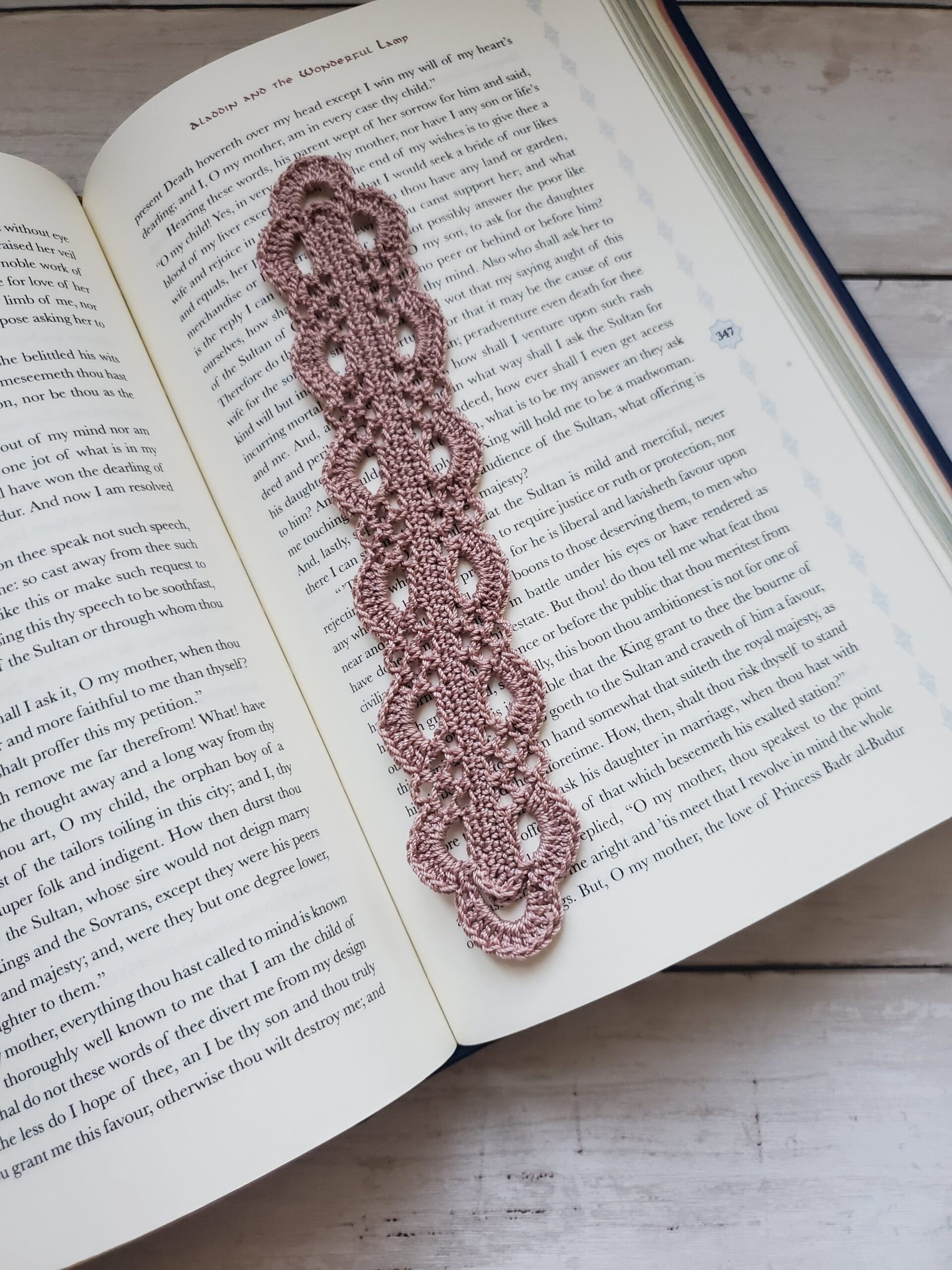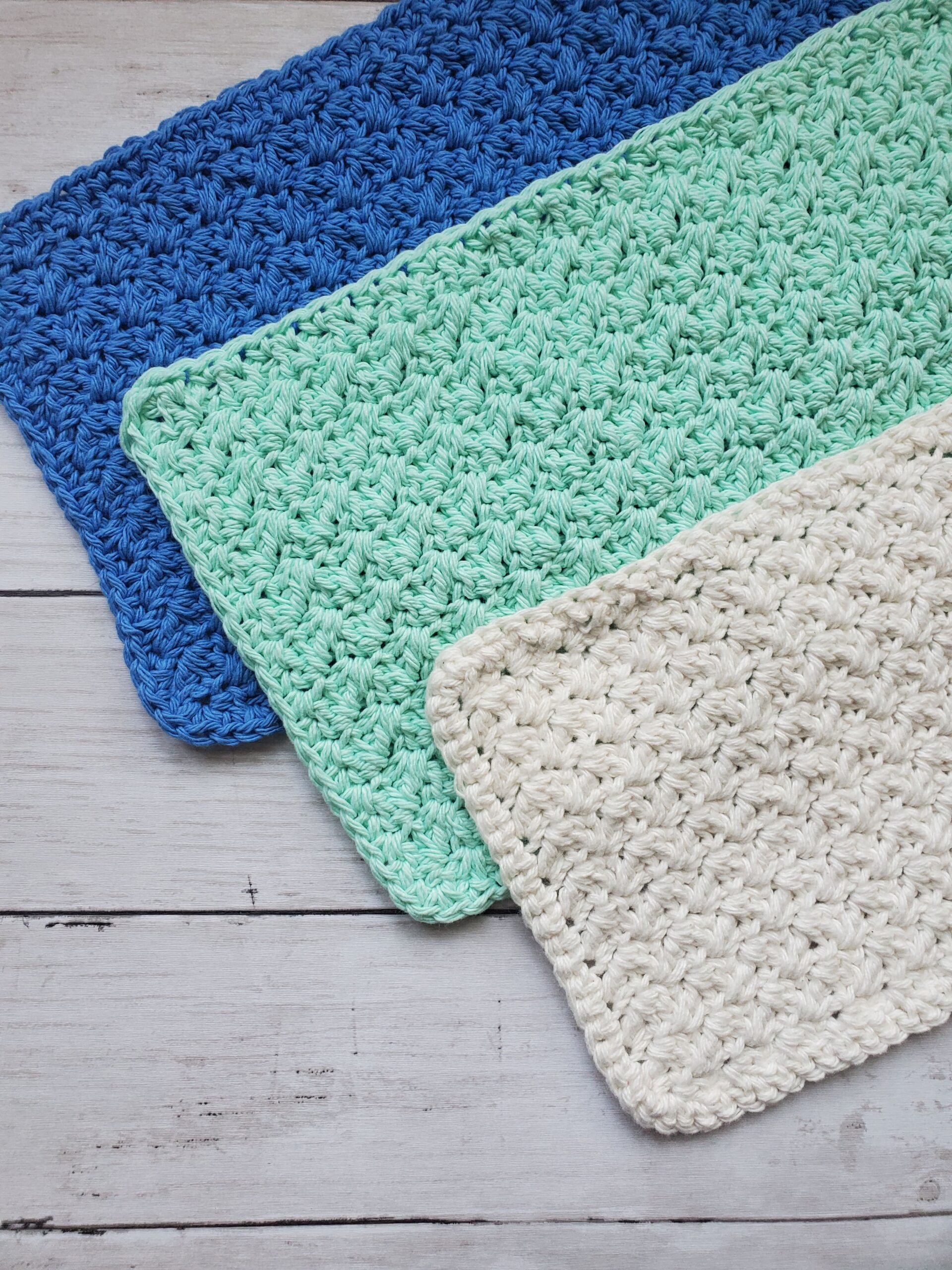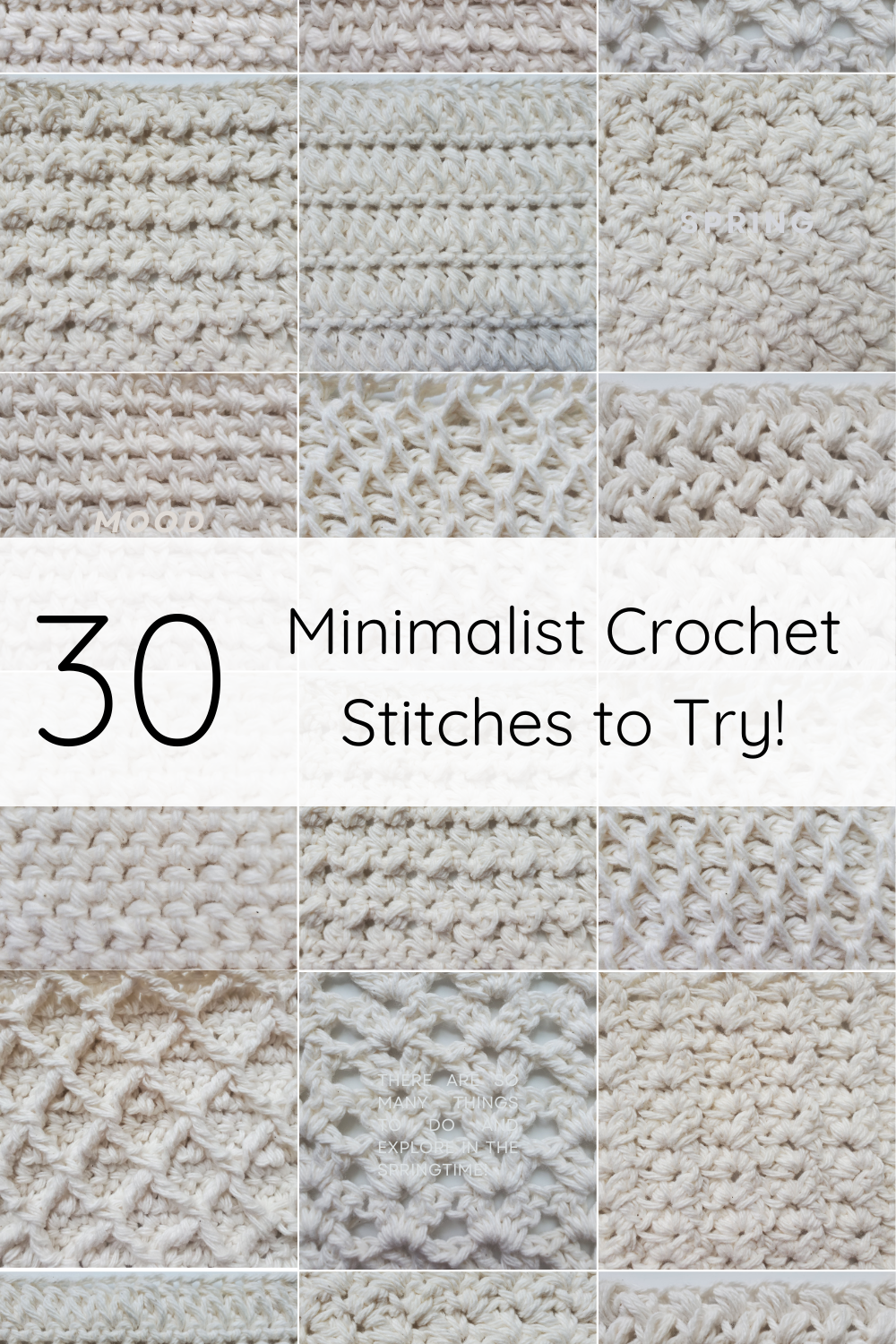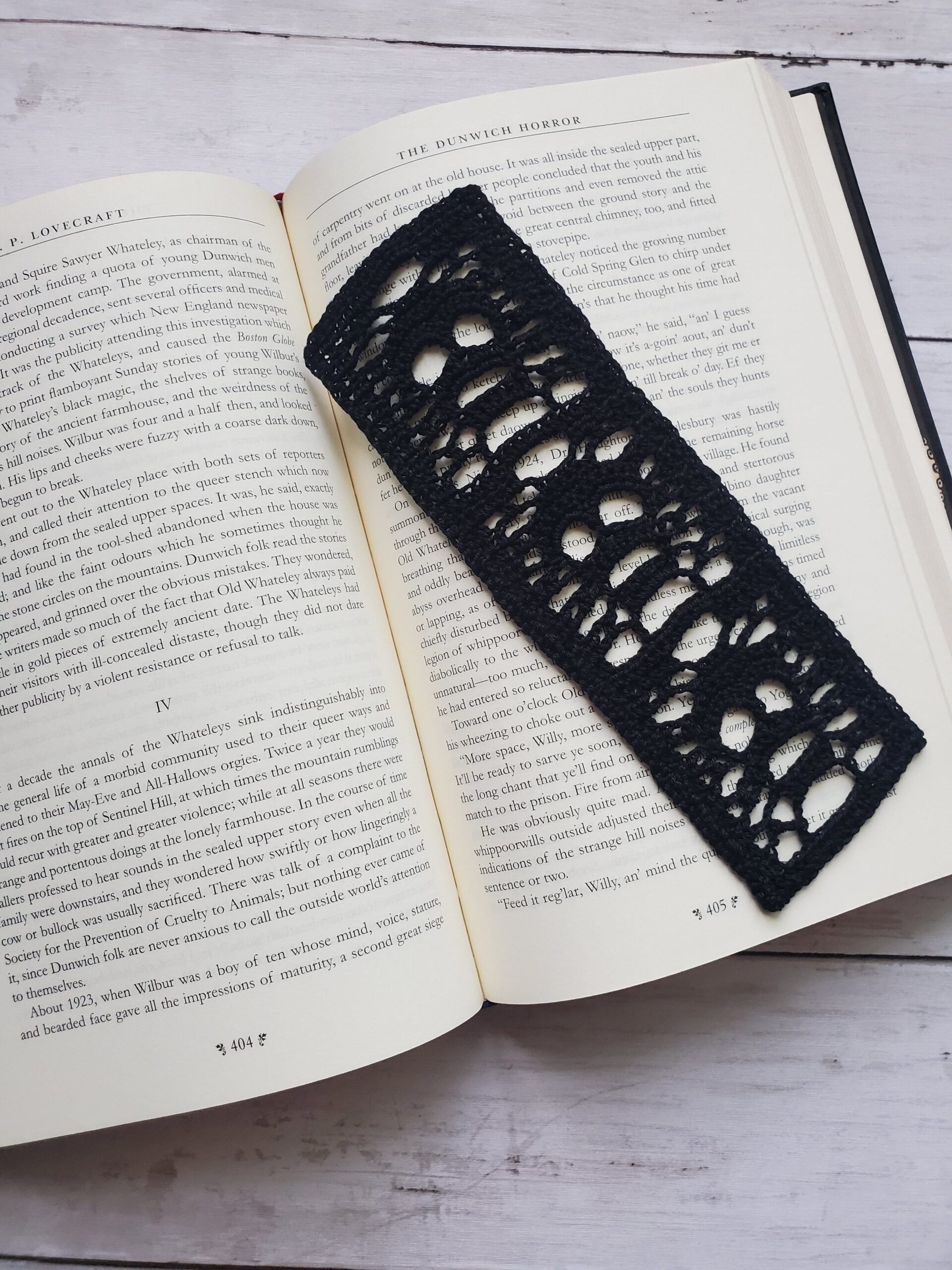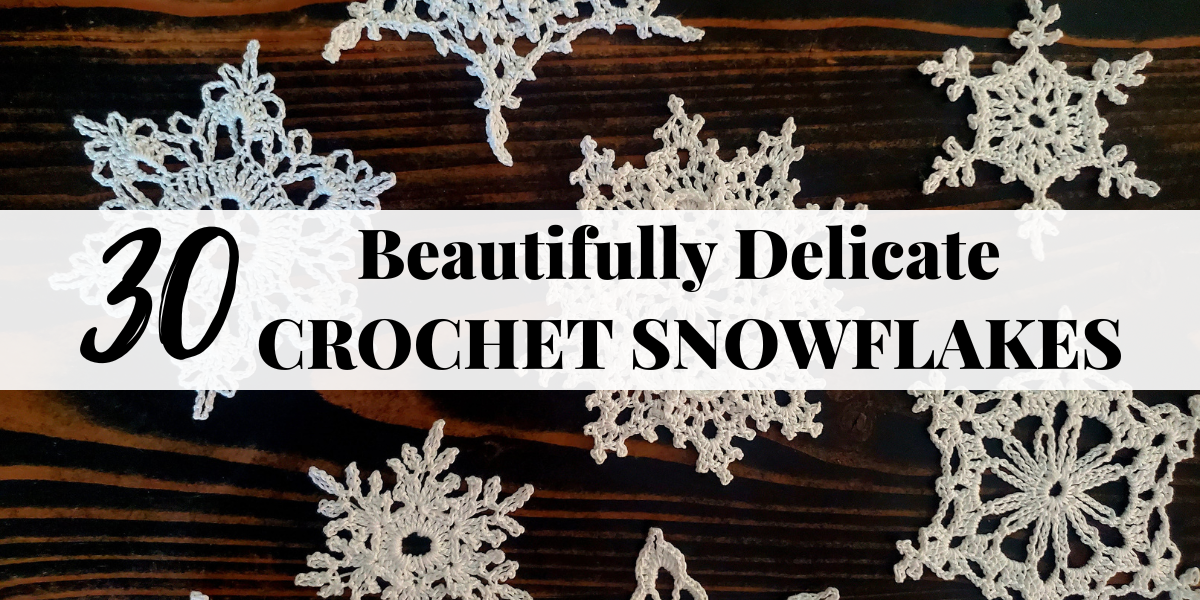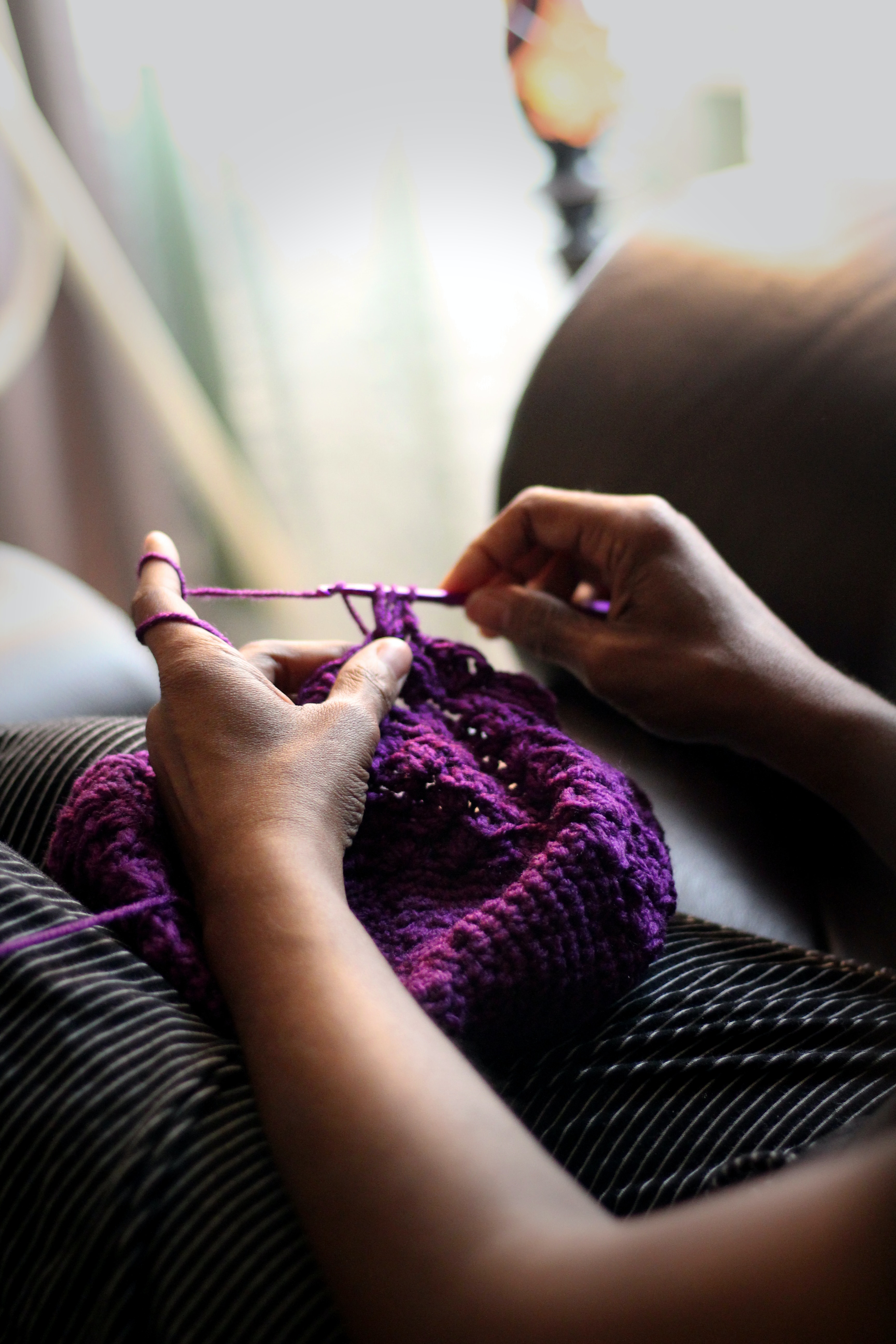Gothic Crochet Table Runner Pattern
Hello everyone, today I’m excited to present my latest crochet pattern, the “Gothic Crochet Table Runner.”
If you’re looking to add a bit of gothic decor to your home, you’ll absolutely love this pattern! The black yarn and the lacy design will transform your dining or coffee table into a statement piece, plus you can tell all your guests you made it yourself! Talk about impressive.
The center of the table runner was inspired by the Gothic Crochet Stitch by astra.lebedeva2019 on Instagram. I loved the way these diamonds are created in that pattern, however for the tiny crochet thread we will be using, I wanted to make the diamonds look more lacy and a little thicker.
This is a beautiful crochet table runner pattern, created with black crochet thread, however, it is another crochet pattern that takes time to complete and it is designed with crocheter’s who have an intermediate to advanced skill set.
I didn’t time myself, and I’m a busy mom of little kids, so you’ll probably get it finished faster than me! If I had to guess, this probably took me a month to finish, of inconsistently crocheting 1-2 hours every day. Your time may vary obviously!
Related Posts:
- 13 Beautifully Gothic Crochet Doilies
- Gothic Crochet Coasters
- The Grim Reader: A Crochet Skull Bookmark
I’ve adjusted the pattern instructions to allow you to make your table runner as long as you want. I don’t recommend making the short side longer than what I’ve described below, I think it makes the table runner look too wide on that side.
But seriously, look at how pretty this thing is!
Now as a reminder, I try my best to make pattern instructions accurate, but I AM just a mom who likes to crochet, so please let me know if you see any errors by commenting below.
With all that, let’s get started on this Gothic Crochet Table Runner Pattern!
Please note that some of these links are affiliate links. That means that if you click on these links and make a purchase, I may receive a commission at no extra cost to you. You can find more information about our disclosure policy here. Thank you for your support.
Materials Needed:
- 1.65 mm Crochet Hook
- Red Heart Classic Black Crochet Thread, Size 10, 300 Yards x 3 (or more as needed)
- Stitch Markers (optional but highly encouraged)
- Scissors
- Tapestry Needle
- Pins (optional)
- Blocking Boards (optional)
Abbreviations Used:
- St(s) – stitch(es)
- Ch(s) – chain(s)
- Sl st – slip stitch
- Sc – single crochet
- Dc – double crochet
- Fpdc – front post double crochet
- Trc – treble crochet
Special Stitches:
Puff Stitch – YO (yarn over), insert hook into designated st/space, pull up a loop x 5 times (11 loops on your hook), YO, pull through all but the last loop (2 loops on your hook), YO, pull through last 2 loops.
Triangle Increase/Decrease – I will discuss these two stitches in detail below. Essentially, this is a group of trcs/dcs that create the top or bottom part of our diamonds.
Special Instructions:
- I do not have st counts at the end of the rows. This is to allow you freedom to make your table runner as long or short as you’d like.
- Instructions in () are grouped this way to make it easier to read and is usually written this way to indicate a series of sts made in the same st.
- There is a bit of math we will have to do later, but don’t worry, I will walk you through it as we get to those spots in the pattern.
Gothic Crochet Table Runner Pattern
Ch 53
Row 1: *YO twice, insert into 8th ch from hook, pull up a loop, YO and pull through 2 loops (3 loops on your hook), skip a ch.
YO insert your hook into next ch, pull up a loop, YO and pull through 2 loops (4 loops on your hook), skip a ch.
YO insert your hook into next ch, pull up a loop, YO and pull through 2 loops (5 loops on your hook), skip a ch.
YO insert your hook into next ch, pull up a loop, YO and pull through 2 loops (6 loops on your hook).
YO, pull through 4 loops, YO and pull through 2 loops, YO and pull through 2 loops again. This is your triangle decrease stitch.
Ch 2, skip 2 chs, trc into next ch, ch 1, dc into the first two “loops” in the leg of the trc you just crocheted (see pic below), ch 1, dc into same space, ch 1, dc into same space again. This is your triangle increase stitch.
Ch 2, skip 2 chs*, repeat from *to* trc into the last ch (4 triangle decreases and 3 triangle increases)
Row 2: Ch 6 (counts as a trc and ch 2), turn, for this row, we will be making triangle decrease stitches on top of the previous row’s triangle increase stitches and vice versa.
The last stitch from row 1 should have been a triangle decrease stitch, so for row 2, we will begin with a triangle increase stitch.
Skip the next ch 2 space, make a trc, but place it under the next stitch (not into it as you normally would). I find it helpful to think of this space as the “neck” of the last row’s triangle decrease stitch. Just find a space to insert your hook into the neck and trc there. If you trc into the stitch normally, the diamonds we are trying to create will look off-center. See pic below for a visual on the placement.
Triangle increase stitch as you did in row 1. Ch 2, now we will make a triangle decrease into the next triangle increase. Make a triangle decrease stitch as we did in row 1, using only the dcs and trc sts and skipping the ch 1 spaces between.
If crocheted correctly, this will give us our first diamond shape.
Ch 2 and repeat these two stitches with a ch 2 between each triangle increase and decrease After the last ch 2, finish your row by skipping 2 chs and trc into the next ch.
Row 3: Ch 6, turn, the first st below should be a triangle increase stitch, so we will begin with a triangle decrease stitch. ch 2, and triangle increase into the next triangle decrease like we did in row 2. There is no difference in this row compared to row 2, other than starting with a different triangle stitch.
Repeat Rows 2-3 until you reach 62 rows or increase the length with a repeat of 12 rows, do not cut yarn.
Border:
Now we will be creating the border around our length of lacy diamonds. We need to do a few simple rows of sc around to create a nice, thick line, a few rows of mesh squares, and then we’ll finish with an intricate pattern consisting of a variety of stitches.
***Important note on length adjustments***
The last row of our scs border needs to follow a repeat of 27+24 sc (do not count the corner sts). We will be doing 3 rows total of sc. For each row, the sc will increase by two.
So, for example, on the short side of our rectangle, we need to have a total of 47 sc on the first row. This will increase to 49 sc on the next row, and then to 51 sc on the last row. 27+24 = 51 sc.
This is where stitch markers come in handy on the long side to help you count. Just make a series of 27 sc and make sure that you can fit 24 more on the very last row of sc (row 3).
It seems like a lot, but this is the only way your beautiful border is going to fit. Avoid the headache later by getting the math right early, because we both know that we don’t have the time or patience to frog everything :).
Row 1: Ch 1 (does not count as a st), sc into the same st, ch 1 (place a stitch marker here to help identify the corners later, otherwise just pray you can find it later lol), sc again into the same st. Now turning down the side, we will be placing a series of 3 sc into the sides of either the turning chs or the trcs from the previous rows.
The last sc you made counts as part of that series of 3, so place 2 more sc into the side of the trc. See pic for a better visual below.
You will have to skip a ch when you reach the starting chs, and that is ok.


When you get close to the next corner, I found it easier to count 2 chs away from the triangle increase/decrease from the starting row and placing my corner st of (sc, ch 1, place a stitch marker, sc) into the next ch away.
Now going down the next side (this should be the underside of our starting ch), place 1 sc into each ch 2 space, 1 sc into each of the bottoms of the 4 trc that make up the triangle decrease, 1 sc into each ch 2 space, and then 1 sc into the bottom of the triangle increase. Continue this way until you reach the next corner (the 3rd ch after you make 2 sc in the last ch 2 space) and (sc, ch 1, place a stitch marker, sc) in the same ch.
***Make sure you have the same number of sts on each side***
Continue making sc around the next side and creating another corner st of (sc, ch 1, sc).
Once you get back to the top of your work, sc into each st, but skip the ch 1s in the triangle increase stitches (it looks too wavy if you do).
Sl st to first sc.
Row 2: Ch 1 (does not count as a st), sc in same st, (sc, ch 1, place st marker, sc) into next ch 1 space, then make 1 sc in each st across (try not to skip the st right after you finish your corner st, sometimes it gets a little hidden). Continue making sc and your corners in this fashion. Sl st to first sc.
Row 3: Ch 1 (does not count as a st), sc in same st, sc in next st, make a corner st in the next ch 1 space (sc, ch 1, sc). Continue making sc and corner sts as you did in row 2. Sl st to first sc.
***Take the time here to double check your st counts , remember, your last row needs to have a repeat of 27+24 not including the ch 1 corners. If you need to, it’s ok to add or skip scs to achieve the repeat formula.***
Now we will be making our mesh square rows.
Row 4: Sl st into next few sts until you reach the corner ch 1 space, sl st into the ch 1 space, ch 8 (counts as dc and ch 5), dc in same space, *ch 2, skip 2 sts, dc in next st* repeat from *to* all the way around. (dc, ch 5, dc) in the next ch 1 corner spaces. Sl st to top of 3rd ch of our starting ch 8.
***For my short side, I have 13 mesh squares and on my long side I have 58 mesh squares (not including the ch 5 corners) Your long side number may be different if you increased or decreased the length.***
Row 5: Ch 5, (counts as dc and ch 2), (dc, ch 5, dc) in next ch 5 corner space. *Ch 2, dc in next dc.* Repeat from *to* around, making (dc, ch 5, dc) in the ch 5 corner spaces. Sl st to 3rd st of starting ch 5.
Row 6: Ch 5, dc in next dc, ch 2, (dc, ch 5, dc), *ch 2, dc in next dc.* Repeat from *to* around, making (dc, ch 5, dc) in the ch 5 corner spaces. Sl st to 3rd st of starting ch 5.
***Go ahead and stop again, let’s count our mesh squares. Our last row of mesh squares needs to follow a repeat formula of 9+8 squares, not including the corners. I have 17 squares on my short side and 62 squares on my long side. Your border will not fit if we don’t follow this formula.***
Row 7: Sl st in each ch and st until you reach the first corner and sl st into the ch 5 space.
(Ch 3, 2 dc, ch 5, 3 dc, ch 5, 3 dc) in same ch 5 space. Ch 4, *skip over next dc and ch 2, skip over next dc and ch 2 again, sc into next dc (should be the 3rd dc away from the corner space), [skip ch 2 space, (3 dc, ch 1, 3 dc) in next dc, skip ch 2 space, sc in next dc] x 2 times, ch 4, skip the next 2 mesh squares, in the next square, (3 dc, ch 5, 3 dc), ch 4.*
Repeat from *to* until you reach the next corner space, skip over last two mesh squares, (3 dc, ch 5, 3 dc, ch 5, 3dc) in the same ch 5 corner space. Continue this way until you reach the beginning ch, sl st into top of starting ch 3.
Row 8: Ch 3, (fpdc around next dc, dc in next dc, ch 4, sc in ch 5 space, ch 4, dc in next dc, fpdc around next dc, dc in next dc, ch 4, sc in ch 5 space, ch 4, dc in next dc, fpdc around next dc, dc in next dc), ch 4, skip ch 4 and next 3 dc,
*sc in ch 1 space, skip 3 dc, and place (3 dc, ch 2, 3 dc) in the next sc (between the two shells), skip 3 dc and sc in ch 1 space, ch 4, skip 3 dc and ch 4, (dc in first dc, fpdc in next dc, dc in last dc, ch 4, sc in ch 5 space, ch 4, dc in next dc, fpdc around middle dc, and dc around last dc), ch 4.*
Repeat from *to* until next corner space and (dc, fpdc around next dc, dc in next dc, ch 4, sc in ch 5 space, ch 4, dc in next dc, fpdc around next dc, dc in next dc, ch 4, sc in ch 5 space, ch 4, dc in next dc, fpdc around next dc, dc in next dc) in the corner. Continue this way until you reach the beginning ch, sl st into top of starting ch 3.
Row 9: Ch 3 (fpdc around fpdc, dc in next dc, ch 4, 2 sc in ch 4, sc in next sc, 2 sc in ch 4 space, ch 4, dc in next dc, fpdc around fpdc, dc in next dc, ch 4, sc in next sc, 2 sc in ch 4 space, ch 4, dc in next dc, fpdc around fpdc, dc in next dc), ch 5,
*skip to ch 2 space, (2 sc, ch 4, sc, ch 4, sc, ch 4, 2 sc) in ch 2 space, ch 5, skip 3 dc, skip sc and skip ch 4, dc in next dc, fpdc around fpdc, dc in next dc, ch 4, 2 sc in ch 4 space, sc in next sc, 2 sc in next ch 4 space, ch 4, dc in next dc, fpdc around fpdc, dc in next dc, ch 5.*
Repeat from *to* until you reach the corners, (dc in next dc, fpdc around fpdc, dc in next dc, ch 4, 2 sc in ch 4, sc in next sc, 2 sc in ch 4 space, ch 4, dc in next dc, fpdc around fpdc, dc in next dc, ch 4, sc in next sc, 2 sc in ch 4 space, ch 4, dc in next dc, fpdc around fpdc, dc in next dc), ch 5, skip to ch 2 space, (2 sc, ch 4, sc, ch 4, sc, ch 4, 2 sc) in corner spaces.
Continue this way until you reach beginning ch 3. Sl st to top of ch 3.
Row 10: Ch 3, (fpdc around fpdc, dc in next dc, *ch 5, skip ch 4, skip 2 sc, [2 sc, ch 4, sc, ch 4, sc, ch 4, 2 sc] in next sc, ch 5*, dc in the 4th ch away in next ch 4, dc in next dc, dc in fpdc, ch 5, dc in same st, dc in next fpdc, dc in 1st ch in next 4 ch.
Repeat from *to,* dc in next dc, fpdc in fpdc, dc in next dc), ch 6,
**skip ch 5, skip first ch 4 “loop,” sc in middle ch 4 “loop,” ch 6, dc in next dc, fpdc around fpdc, dc in next dc, ch 5, skip ch 4, skip 2 sc, [2 sc, ch 4, sc, ch 4, sc, ch 4, 2 sc] in next sc, ch 5, fpdc around fpdc, dc in next dc, ch 6.**
Repeat from **to** until corner spaces, (dc in next dc, fpdc around fpdc, dc in next dc, *ch 5, skip ch 4, skip 2 sc, [2 sc, ch 4, sc, ch 4, sc, ch 4, 2 sc] in next sc, ch 5*, dc in the 4th ch away in next ch 4, dc in next dc, dc in fpdc, ch 5, dc in same st, dc in next fpdc, dc in 1st ch in next 4 ch.
Repeat from *to,* dc in next dc, fpdc in fpdc, dc in next dc) in corner spaces. Continue this way until you reach the beginning, sl st to top of starting ch 3.
Row 11: Ch 3, (fpdc around fpdc, dc in next dc, *ch 11, skip over ch 5, skip the set of ch 4 loops, skip next ch 5, and dc in next dc, fpdc around next dc, dc in next dc*, ch 5, puff st in next ch 5 space, ch 5, puff st in same space, ch 5, dc in next dc, fpdc around next dc, dc in next dc. Repeat from *to* once more.)
**Ch 4, puff st in 6th ch in next ch 6, ch 3, skip next sc, puff st in 1st ch of next ch 6, ch 4, dc in next dc, fpdc around fpdc, dc in next dc**, repeat from *to* once more, repeat from **to.**
Continue this way until next corner space, ch 4, dc in next dc and repeat instructions in () for the next corner. Sl st to top of beginning ch 3.
Row 12: Ch 3, (fpdc around fpdc, dc in next dc, ch 4, 2 dc in 5th ch away, 2 dc in next ch, 2 dc in next ch, ch 4, skip next 3 dc, skip 1st ch 5 space, puff st in next ch 5 space, ch 3, puff st in same space, ch 3, puff st in same space again, ch 4, skip next ch 5, skip next 3 dc, 2 dc in 5th ch, 2 dc in next ch, 2 dc in next ch, ch 4, dc in next dc, fpdc around fpdc, dc in next dc),
*ch 4, puff st in ch 3 space, ch 3, puff st in same st, ch 4, dc in next dc, fpdc around fpdc, dc in next dc, ch 4, 2 dc in 5th ch away, 2 dc in next ch, 2 dc in next ch, ch 4, dc in next dc, fpdc around fpdc, dc in next dc.*
Repeat from *to* until next corner space, dc in next dc, repeat instructions in () for corners. Continue this way until beginning and sl st into top of starting ch 3.
Row 13: Sl st into next 2 dc, sl st into next 4 chs, sl st into dc, [ch 3, dc in next 2 dc, ch 9, dc in next 3 dc, ch 4, skip ch 4, puff st into next ch 3 space, ch 3, puff st in same space, ch 9, (puff st, ch 3, puff st) in next ch 3 space, ch 4, dc in next 3 dc, ch 9, dc in next 3 dc],
ch 4, *skip ch 4, skip next 3 dc, (puff st, ch 3, puff st) in ch 3 space, ch 4, skip ch 4, skip 3 dc, dc in next 3 dc, ch 9, dc in next 3 dc, ch 4.*
Repeat from *to* until corner spaces, (puff st, ch 3, puff st), in ch 3 space, ch 4, dc in next dc, repeat instructions in [ ] for corners. Continue this way until beginning and sl st into starting ch 3.
Row 14: Sl st into next 2 dc, sl st into ch 9 space, ch 3, **(ch 1, dc x 8 times [you should have 9 dc]), ch 2, skip 3 dc and sc into ch 4 space, ch 5, (puff st, ch 3, puff st) into next ch 3 space, (ch 3, puff st x 3 times [3 puff sts total]) in ch 9 space, ch 3, (puff st, ch 3, puff st) in ch 3 space, ch 5,**
*sc into ch 4 space, ch 2, skip 3 dc, (dc, ch 1 x 8 times) in ch 9 space, 1 more dc into same ch 9 space, ch 2, skip 3 dc, sc into ch 4 space, ch 5 (puff st, ch 3, puff st) into ch 3 space, ch 5.*
Repeat from *to* until the next corner, skip 3 dc, dc into ch 9 space, repeat from **to** for corners. Sl st into 3rd ch of starting ch 4.
Row 15: Ch 7 (counts as trc and ch 3), 2 dc into 4th ch away from hook, **(trc into next dc, ch 3, 2 dc into trc just made x3 times), trc into next dc, ch 3, 2 dc into trc just made, ch 3, sl st into same trc, ch 3, 2 dc into same trc again, (trc into next dc, ch 3, 2 dc into trc just made x 3 times), trc in last dc, (you should have 9 trc and 9 “tags”) ch 2**
Skip ch 2, skip ch 5, *(puff st, ch 5, 2 dc into 4th ch away from hook, ch 3, sl st into same ch, ch 1, puff st) into next ch 3 space, (ch 5, 2 dc into 4th ch away from hook, ch 3, sl st into same ch, ch 1)*
Skip next ch 3 space, repeat from *to* twice more, skip next ch 3 space (puff st, ch 5, 2 dc into 4th ch away from hook, ch 3, sl st into same ch, ch 1, puff st) in next ch 3 space. (You should have a total of 8 puff sts and 7 “tags” between the puff sts), ch 2, skip ch 5 space skip ch 2 space, trc into first dc, ch 3, 2 dc into trc just made,
Repeat from **to,** skip ch 2, skip ch 5, (puff st, ch 5, 2 dc into 4th ch away from hook, ch 3, sl st into same ch, ch 1, puff st) in next ch 3 space, ch 2, skip ch 5, skip ch 2, trc in first dc, repeat from **to** again.
Continue this way around until next corner, ch 2, trc into first dc and repeat from beginning for the corners. Sl st to 4th ch in starting ch 7.
Cut yarn with scissors, weave in any ends with tapestry needle.
CONGRATULATIONS!! You made it!!
Blocking:
To block your gothic crochet table runner, soak it in a large bowl of water for 1-2 minutes. Gently squeeze out the excess water.
Now, you can be fancy and use puzzle blocking boards to help you pin your table runner in place. These are great because you can make them as long and wide as you want (great for long crochet projects).
Or you can place it on a large towel/layer a few towels together, then pin it through the towels.
Leave it to dry for at least 24 hours.
Thank you for checking out the Gothic Crochet Table Runner Pattern. I hope that yours turned out beautifully! If you have questions or if you find a mistake, please let me know in the comments below.
Until next time!

